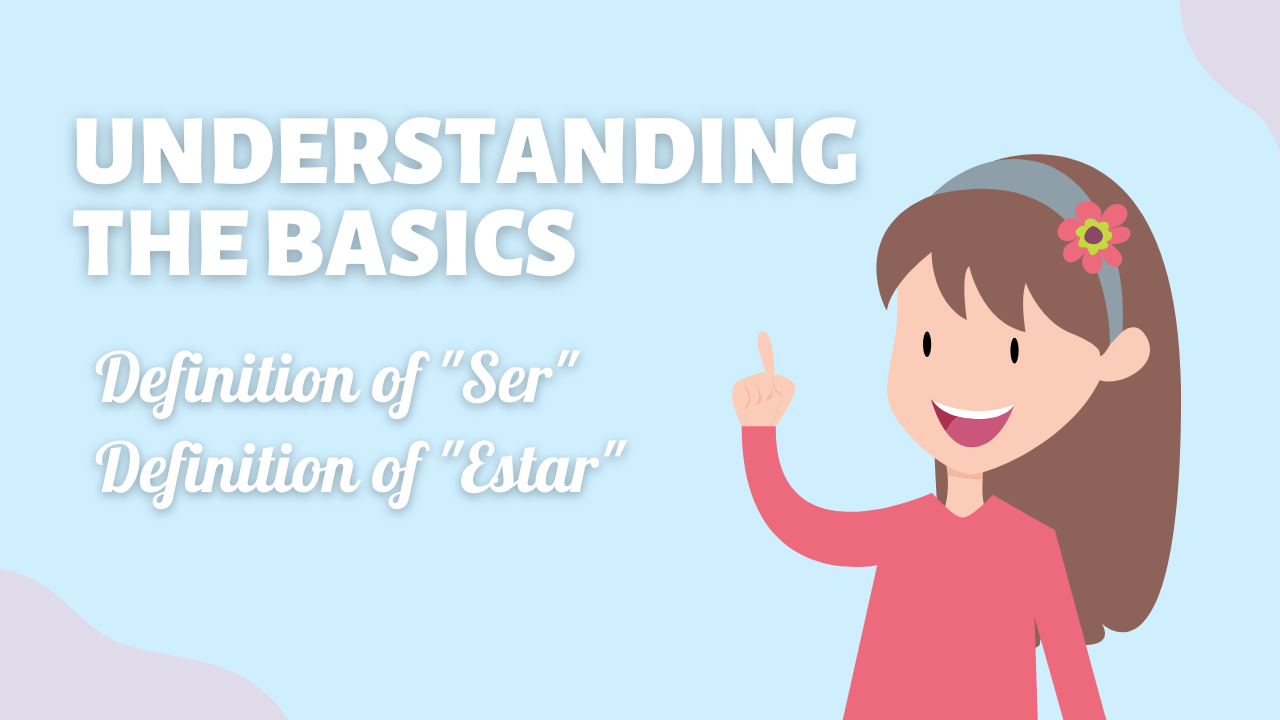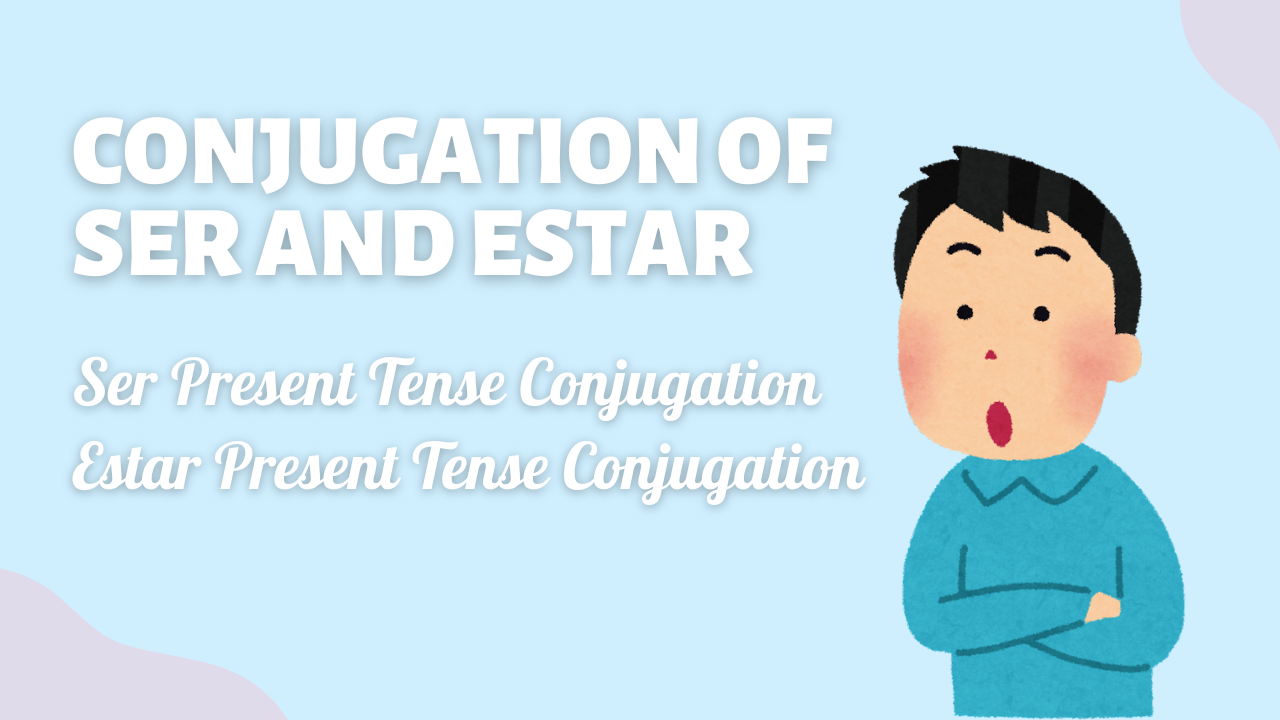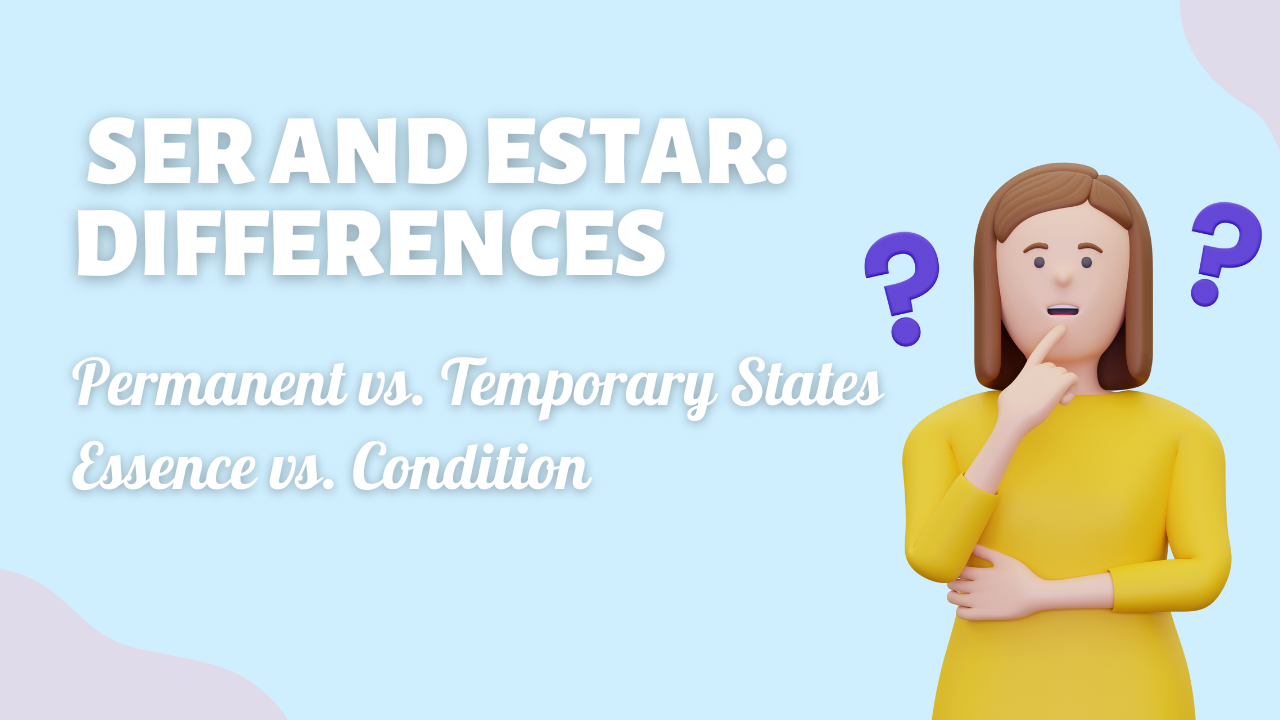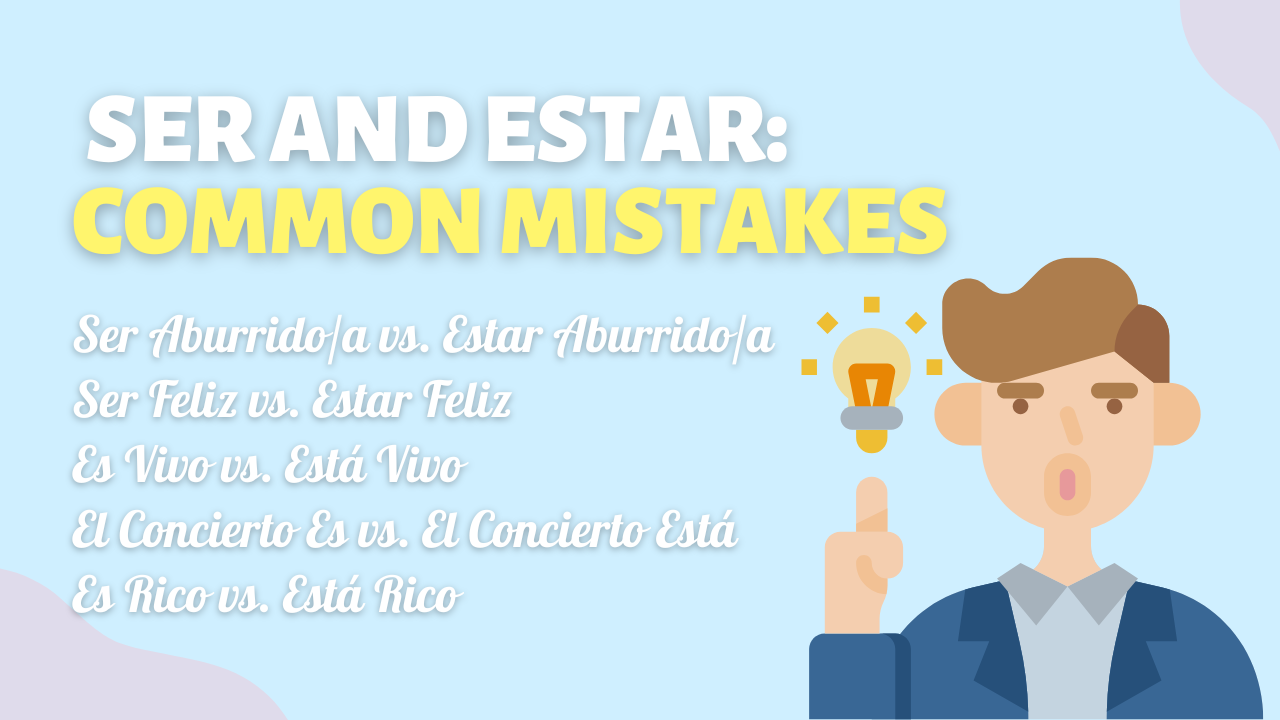In Spanish, the verbs ‘ser’ and ‘estar’ both mean ‘to be,’ but they’re not used the same way. ‘Ser’ is usually for things that don’t change, like where you’re from or your personality traits. ‘Estar’ is for temporary things, like feeling tired or being in a specific place. Knowing when to use each verb can really improve how you communicate. These verbs show just how detailed and expressive Spanish can be. Think about what this means for talking clearly and sharing our cultures. What do you think these differences say about how we connect with others?
Understanding the Basics

Definition of “Ser”
The Spanish verb ‘ser’ is crucial for talking about who or what someone or something fundamentally is. It helps describe things like what someone looks like, their personality, and other deep-seated traits that don’t change much over time. We use ‘ser’ to talk about someone’s job, where they’re from, or groups they belong to, all of which give a lasting picture of a person or thing.
It’s also used for stating the time, date, and who owns something, connecting people or things to their core qualities or relationships. This highlights how ‘ser’ focuses on permanent aspects, unlike ‘estar’, which is more for temporary situations.
Definition of “Estar”
‘Estar’ is a Spanish verb we use to talk about things that can change. It helps us describe temporary conditions or where something or someone is at a moment. For instance, if you say ‘estoy cansado,’ it means ‘I am tired’—that’s not forever, just right now. Or if you mention ‘está en España,’ you’re saying ‘it is in Spain,’ pointing out a location that could change. With ‘estar,’ you can clearly show that things might shift or that someone feels a certain way for the time being.
When to Use Ser vs. Estar
| Context | Use Ser | Use Estar |
|---|---|---|
| Permanent traits | Soy médico. (I am a doctor.) | Estoy cansado. (I am tired.) |
| Location | (For events) La fiesta es en casa. | (For physical locations) Estoy en casa. |
| Conditions or states | (Not used) | La mesa está sucia. (The table is dirty.) |
| Emotions | (Not used) | Estoy feliz. (I am happy.) |
| Marital status | (Not used) | Estoy casado. (I am married.) |
| Physical appearance | Es alto. (He is tall.) | Está guapo hoy. (He looks handsome today.) |
Conjugation of Ser and Estar

Ser Present Tense Conjugation
In Spanish, the verb ‘ser’ doesn’t follow the usual rules for conjugation in the present tense. It’s unique for each subject pronoun. Here’s how it goes:
- ‘yo soy’ means ‘I am,’
- ‘tú eres’ is ‘you are’ when talking informally,
- ‘él/ella/usted es’ translates to ‘he/she/you are’ in a formal sense,
- ‘nosotros/nosotras somos’ means ‘we are,’
- ‘vosotros/vosotras sois’ is ‘you are’ for groups informally, and
- ‘ellos/ellas/ustedes son’ means ‘they/you are’ formally.
Knowing these forms is crucial. We use ‘ser’ a lot to talk about who we are, our essential qualities, and things that don’t change much. It’s a key part of getting good at Spanish.
Estar Present Tense Conjugation
Just like ‘ser’, ‘estar’ has its own set of conjugations in the present tense. Here’s how it goes:
- I am (‘yo estoy’)
- you are (‘tú estás’)
- he/she/you formal are (‘él/ella/usted está’)
- we are (‘nosotros/nosotras estamos’)
- you all are (‘vosotros/vosotras estáis’)
- they/you all formal are (‘ellos/ellas/ustedes están’)
‘Estar’ is crucial for talking about temporary states, places, or how things are at the moment, unlike ‘ser’ which is about more permanent traits. Knowing these forms really helps you get better at understanding and speaking Spanish, especially when you’re discussing how things are changing or where they are.
Also Read: How To Say “Congratulations” In Spanish: Different Wishes For All Occasions
Key Differences Between Ser and Estar

Permanent vs. Temporary States
Learning when to use the Spanish verbs ‘ser’ and ‘estar’ is all about understanding if something is permanent or temporary. ‘Ser’ is for things that are seen as lasting or defining. For example, you use it to talk about someone’s nationality, what they do for a living or deep-rooted qualities. Like when you say ‘Ella es inteligente’, which means ‘She is intelligent.’
‘Estar’, however, is for situations that are likely to change. It’s used for emotions, where someone is at the moment, or anything that can vary from time to time. So you’d say ‘Ella está contenta’ for ‘She is happy’, or ‘El libro está en la mesa’ to mean ‘The book is on the table.’
Essence vs. Condition
Understanding the difference between ‘ser’ and ‘estar’ in Spanish is all about figuring out if you’re talking about what something is, or how something is. We use ‘ser’ to describe essential traits. These are the things that don’t change, like someone’s personality, where they’re from, or their job. For example, when we say ‘Ella es inteligente’ (She is intelligent), we mean intelligence is part of who she is.
On the other hand, ‘estar’ is for things that can change or are temporary. It’s about emotions, where someone or something is at the moment, or what they’re doing. So when we say ‘Ella está contenta’ (She is happy), we’re talking about her mood right now, which could change tomorrow.
Also Read: The Difference Between Saber Vs. Conocer: A Simple Guide For Spanish Verbs
Common Mistakes with “Ser” and “Estar”

Learning when to use ser and estar in Spanish can be confusing. Some adjectives change their meaning depending on which verb you use. Here are common mistakes to avoid and tips to help.
Ser Aburrido/a vs. Estar Aburrido/a
- “Soy aburrido/a” means “I’m dull.” This suggests that being dull is part of who you are. Be careful when saying es aburrido/a (he/she is dull) because it might sound insulting.
- “Estoy aburrido/a” means “I’m feeling uninterested.” Here, estar shows it’s a temporary feeling. You aren’t a dull person, you’re just feeling uninterested right now.
Ser Feliz vs. Estar Feliz
- “Es alegre” describes someone who is generally a cheerful person. It shows that being cheerful is part of their personality.
- “Está alegre” means someone is cheerful at the moment. It reflects a temporary mood that might change later.
This difference helps you talk about someone’s personality or their mood in the moment.
Es Vivo vs. Está Vivo
When talking about being alive, always use “está vivo” (he/she is alive). Even though life is a long-term condition, Spanish always uses estar for this. Never say es vivo—it’s incorrect.
El Concierto Es vs. El Concierto Está
When saying where an event is happening, use “ser” instead of estar, even for a location.
For example, “El concierto es en el estadio” (The concert is at the stadium) is right because ser is used for events like concerts, conferences, or festivals.
If you want to describe the concert’s atmosphere, switch to estar: “El concierto está increíble” (The concert is amazing).
Es Rico vs. Está Rico
- “Está rico/a” means something is delicious. This phrase works when talking about food and drinks.
- “Es rico/a” describes someone or something as wealthy. Use this when talking about their financial situation, not flavor.
Knowing when to use ser and estar helps you avoid mistakes and speak Spanish more naturally.
Conclusion
To speak Spanish well, you really need to know how to use ‘ser’ and ‘estar’. These verbs are crucial because they change what your sentences mean. For example, ‘ser’ is for things that don’t change, like someone being tall. ‘Estar’ is for things that can change, like feeling happy. It’s important to get these right if you want to sound like a native speaker.
Learning when to use ‘ser’ and ‘estar’ takes practice. Try using them when you’re talking to others. The more you use them, the better you’ll get. It’s not just about knowing lots of words; understanding these details makes a big difference in how well you can communicate. So, keep at it, and soon you’ll see your Spanish improve a lot. Keep visiting the Translation Blog for more informative articles like this.

